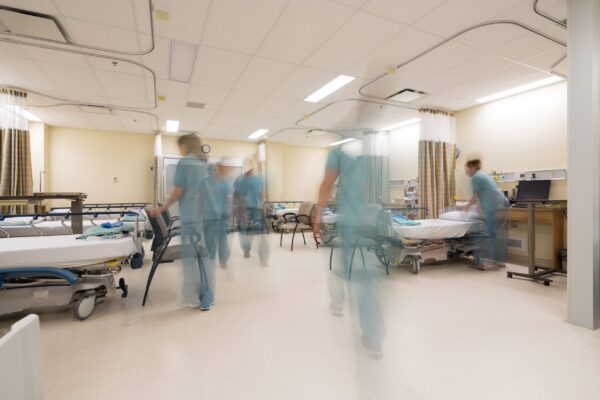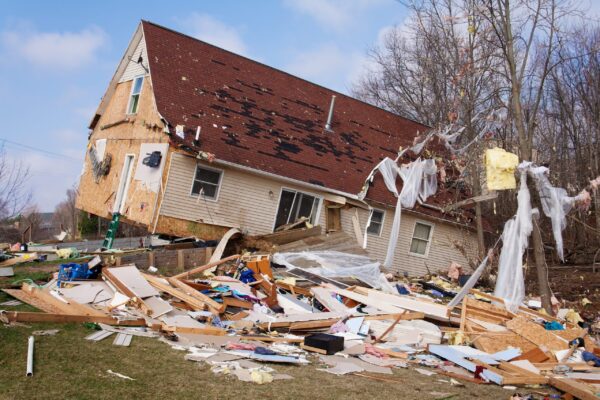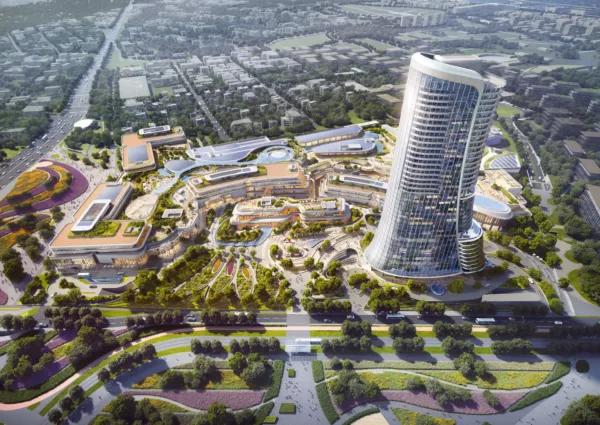

In their combined, 60-plus years of experience in construction management, Hill International Vice Presidents Eladio Castrodad, P.E., PMP® and Steven DiBartolo have helped guide projects around a multitude of obstacles, including complex schedules and budgets, unforeseen site conditions, intense governmental and public scrutiny, delays of vital materials, and intricate labor disputes. But, their current project may involve the most unusual work-around of their diverse careers; managing over the course of three years, the phased construction of a convention center renovation without interrupting the annually held, world-renowned Art Basel art show.
Castrodad, who is the Project Executive, and DiBartolo, who is the Sr. Project Manager, are leading a Hill International team that is providing owner’s representative services on behalf of the City of Miami Beach during renovation of the Miami Beach Convention Center. The schedule of the massive, $616 million renovation project has been set up to keep part of the facility—including at least two of its four exhibit halls —open for business during the construction. In particular, the project schedule has been built around Art Basel Miami Beach, an annual art show that attracts artists and buyers from all over the world.
Art Basel was founded in Basel, Switzerland in 1970. Established in 2001 to extend its reach, Art Basel Miami Beach showcases more than 250 art galleries from more than 30 different countries and the event has grown in popularity each year. Today, more than 20 “satellite fairs” are held throughout the city at Art Basel time, attracting thousands of visitors. Basel attendees include the wealthy and famous from all over the world, who collectively infuse an estimated $13 million into the local economy each December.
“It’s this gigantic party that fills the convention center and spills out into the parking lot, where tents are set up for concurrent shows and events, and to the rest of the city. It has become one of the city’s most popular and prestigious recurring events,” DiBartolo said.
While some of the convention center’s business had to be scaled back until at least part of the renovation is complete, Art Basel was considered too important to the City and its South Florida residents to put off.
“It’s like building for the Olympics,” Castrodad added. “Everything centers on making the Art Basel dates.”
First constructed in 1957, the Miami Beach Convention Center now contains 1.2 million square feet of exhibit and ancillary space. The renovation will add another 200,000 square feet, bring the facility up to LEED-certified standards, and wrap the facility in a new, highly aesthetic façade. The renovation also will include a new 60,000-square-foot grand ballroom; a 20,000-square-foot rooftop “junior” ballroom; additional, flexible meeting rooms and indoor/outdoor spaces; and an on-site parking garage that will allow an adjacent existing parking lot to be converted to a public park.
While the renovation isn’t the first for this facility, it is the most comprehensive, and will help Miami Beach more equitably contend with ever-growing competition for convention and tourism dollars. The center also will be the centerpiece of Miami Beach’s downtown area—a location that connects its renowned beaches, restaurants, and landmark hotels.
“The convention center in its current condition has struggled to attract national and international events that are enjoyed in other cities. As a result, the center has become home to many local and regional trade and consumer shows that not only have great economic impact, but also attract a high number of cars that create traffic congestion,” the city states in a website dedicated to the convention center project. “The planned improvements to the center will enable the city to transition from the low impact, traffic creating events, to high impact conventions where people fly into the airport, are taxied to their hotel, and either walk or ride an event bus to and from the convention center. With these improvements, the community will be able to enjoy greater economic impact while reducing traffic. These economic impacts will generate new tax dollars to the city to be reinvested in our community.”
Work at the site, located in the heart of Miami Beach, began last December and will be done in three phases. The first phase is scheduled to be completed in mid- to late-November, in time for Art Basel to begin setting up for its s 2016 show, which runs from December 1 through 4.
“An estimated $200 million worth of work will be done in 11 months on roughly half of the convention center, and then the construction completely pauses while Art Basel comes in and begins setting up,” DiBartolo explained; “the Set-up, the Show, and the load out takes about 3 weeks all together. Once that’s done, we’ll start construction on phase two.”
The portion of the convention center completed in late 2016 will be available on May 2017 for other meetings, conventions and shows while work on the remaining half of the center is completed. “And then, in November 2017, Art Basel returns. We stop work again, and let Art Basel come in and do their thing,” DiBartolo continued. “After that, phase three starts up and will take about six months.” Completion, including the adjacent park and other outside improvements is projected for late summer, 2018.
“The most captivating thing about this complicated phased renovation is that half of the building is being modernized while the other half remains open for business and concurrently, all of the building fire, life, safety, security and MEP systems are maintained in full operational status” Castrodad said. “On one side of the convention center you’ve got hundreds of construction personnel working away and on the other side of a temporary partition wall, its business as usual, where the event participants don’t even know you’re there.”
In addition to adding space, the renovation project will bring the aging building up to modern standards for technology and sustainability. The city plans to pursue coveted LEED certification from the U.S. Green Building Council.
“This transformation will enable the center to keep up with the demands of the competitive national and international convention community,” the city states on its convention center website. “It will accommodate and attract new international and national events and conventions, assuring its significance as one of the largest visitor draws for the South Florida region.”
DiBartolo and Castrodad are heading a Hill team tasked with overseeing the project on behalf of the city—the project’s owner and primary stakeholder—to help ensure that precious public funds that are paying for the project are well spent and that the project is progressing as it should.
“We’re here to make sure the owner, the City of Miami Beach, is getting what it’s paying for. The City is relying on us to oversee the Design professionals, the CM’s team, the project stakeholders, the utilities and others to make sure that everyone is doing what they are required to do to get the job done,” DiBartolo said. Stakeholders, in addition to the City, also include Miami-Dade County.
Denver-based Fentress Architects, along with local firm Arquitectonica, and West 8, of Holland, designed the renovations, new facade and adjacent park. Bethesda, Maryland-based Clark Construction Group, LLC is the project’s Builder, hired under a Construction Manager at Risk agreement that has a guaranteed maximum price of $515,458,058.
“Marshalling all of that collective energy and expertise isn’t easy, but is part of Hill’s job”, Castrodad said.
DiBartolo agreed. “Everyone has to be aligned, working toward the same goal. Our industry tends to be fragmented; about protecting your own interests but, on this project, everyone on the team needs to be aligned and working together,” he said.
Public safety and emergency preparedness agencies also are very involved in the project, working to help ensure that the renovated convention center meets the latest life-safety standards and that it withstands hurricanes and other natural disasters.
Other key stakeholders in the project are the barrier island’s residents, which collectively have been involved—and highly vocal—since the project’s earliest iterations a decade ago.
“It’s a very ‘public’ project in that it is a very visible project in which people are intensely interested,” DiBartolo said. Resident neighborhoods flank both sides of the building. “It is also public in the sense that the residents of Miami Beach are stakeholders. They feel it is as much their project as it is the City’s.”
Key to getting the job done is adherence to an aggressive project schedule. “This project is all about the schedule and Art Basel milestone dates,” DiBartolo said. “Our job is to provide value; to help the City obtain it goals and to bring the project in on time and on or under budget. That’s why we exist, what we preach, and what we’re working to deliver here.”
To keep pace, Clark Construction and its 70-plus subcontractors, are working under a phased permit, which allows work to progress while awaiting final permit approvals. It’s a tool that has been put to work on other Miami area projects.
Castrodad and DiBartolo are part of an eight-member owner’s representative team that includes project controls manager Heidi Wigand. The three report directly to the City of Miami Beach, the project’s Owner. They are joined by an MEP Quality Manager, a Structural and Finish Quality Manager, an [assistant] project manager, and a cost engineer. “The Hill team works well with Clark and other project stakeholders. The team also has had to be nimble and adaptable, finding ways to keep the project moving forward without compromising Quality and avoiding potential delays.” “I like to say that we improvise, adapt and overcome, and seek to constantly improve our processes” Castrodad said.
DiBartolo relocated to Hill’s Miami office from its Philadelphia headquarters last year. He and his wife settled in Miami Beach to be close to the project, knowing it will take more than a cursory, eight-hour workday to oversee it all.
“I knew from the outset that I had to be a resident to fully understand the importance of the project to the city and to the people here; to understand the intricacies and be available around the clock if need be, to help deliver the project,” DiBartolo explained.
Castrodad, a structural engineer and Miami native, has worked in and around Miami and Miami Beach for nearly two decades. He understands the effort and years of deliberation that went into planning the revamped Convention Center, and is eager to see it completed.
“We have a good team of people here, who are part of the success and the legacy of this project, and I’m proud of the work we’re doing here,” he said.
by Tricia M. McCunney
Share
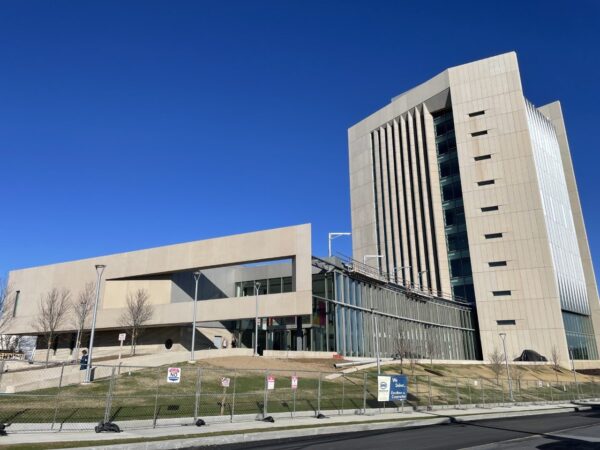
April 11, 2024 | Articles
A Model Move: Managing Move-In at the Sylvia H. Rambo U.S. Courthouse
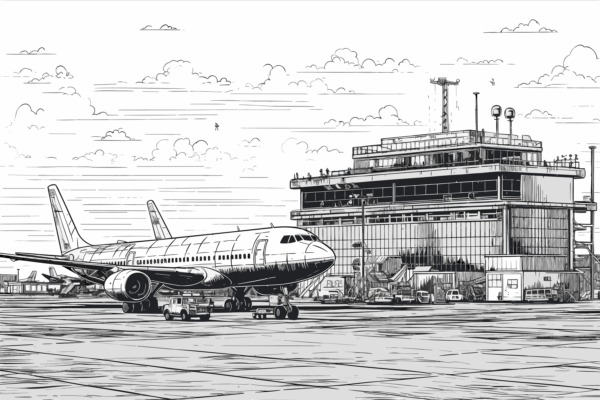
April 8, 2024 | Articles

April 4, 2024 | Articles
Driving Growth and Seizing Opportunity: Lukasz Marcinkiewicz Joins Hill as Country Manager, Poland

April 1, 2024 | Articles

March 27, 2024 | Articles
Building the Future: Women’s Leadership and Community Engagement in the Construction Industry

March 25, 2024 | Articles
Leveraging Data Analytics and Dashboards for Enhanced Project Performance
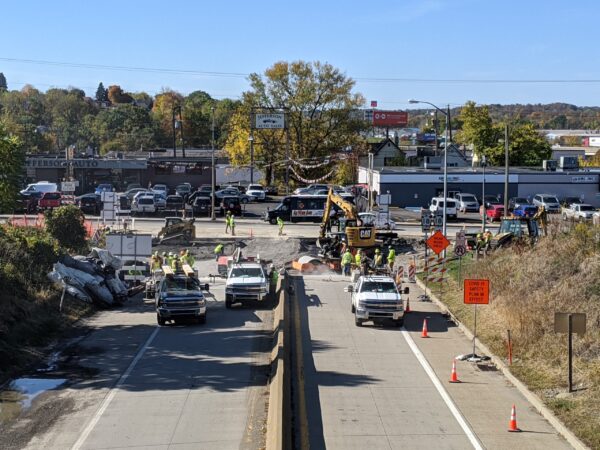
February 26, 2024 | Articles
Continuity, Creativity, and Collaboration: Delivering PennDOT’s Route 18 Signal Upgrade
We and use cookies and other tracking technologies to improve your experience on our website. We may store and/or access information on a device and process personal data, such as your IP address and browsing data, for personalised advertising and content, advertising and content measurement, audience research and services development. Additionally, we may utilize precise geolocation data and identification through device scanning.
Please note that your consent will be valid across all our subdomains. You can change or withdraw your consent at any time by clicking the “Consent Preferences” button at the bottom of your screen. We respect your choices and are committed to providing you with a transparent and secure browsing experience.
| Cookie | Duration | Description |
|---|---|---|
| cookielawinfo-checbox-analytics | 11 months | This cookie is set by GDPR Cookie Consent plugin. The cookie is used to store the user consent for the cookies in the category "Analytics". |
| cookielawinfo-checbox-functional | 11 months | The cookie is set by GDPR cookie consent to record the user consent for the cookies in the category "Functional". |
| cookielawinfo-checbox-others | 11 months | This cookie is set by GDPR Cookie Consent plugin. The cookie is used to store the user consent for the cookies in the category "Other. |
| cookielawinfo-checkbox-necessary | 11 months | This cookie is set by GDPR Cookie Consent plugin. The cookies is used to store the user consent for the cookies in the category "Necessary". |
| cookielawinfo-checkbox-performance | 11 months | This cookie is set by GDPR Cookie Consent plugin. The cookie is used to store the user consent for the cookies in the category "Performance". |
| viewed_cookie_policy | 11 months | The cookie is set by the GDPR Cookie Consent plugin and is used to store whether or not user has consented to the use of cookies. It does not store any personal data. |

